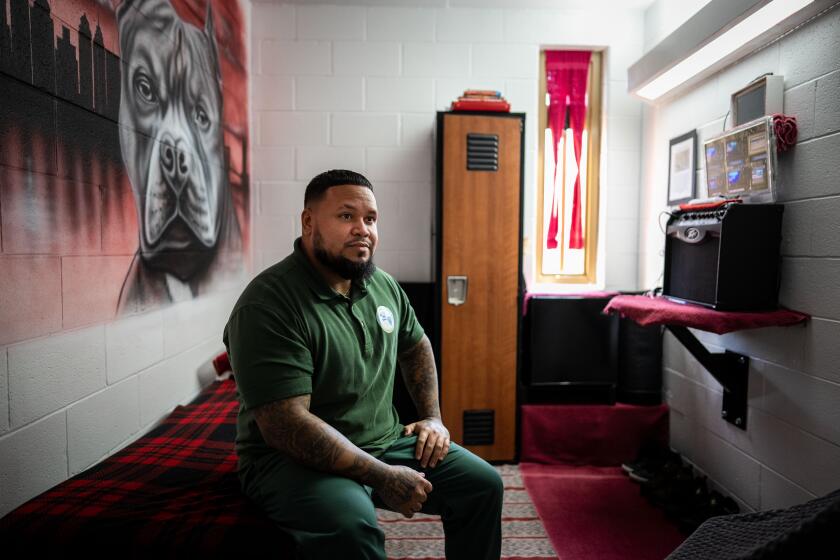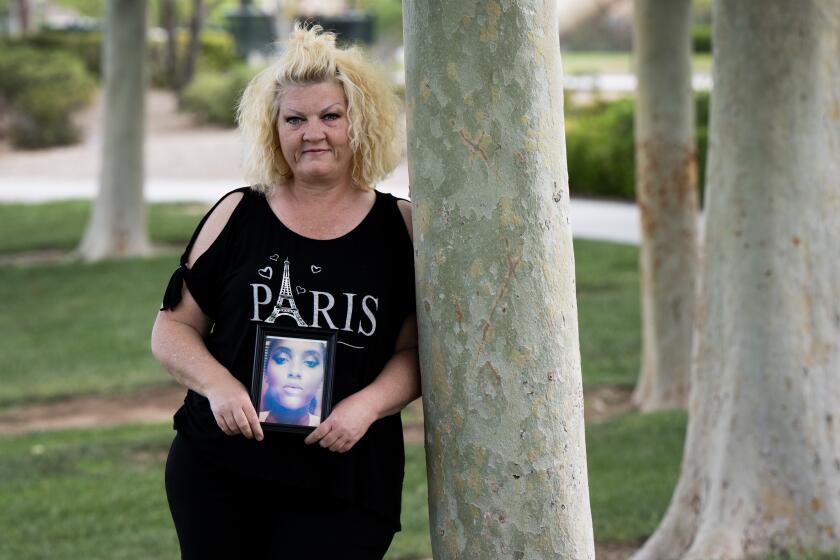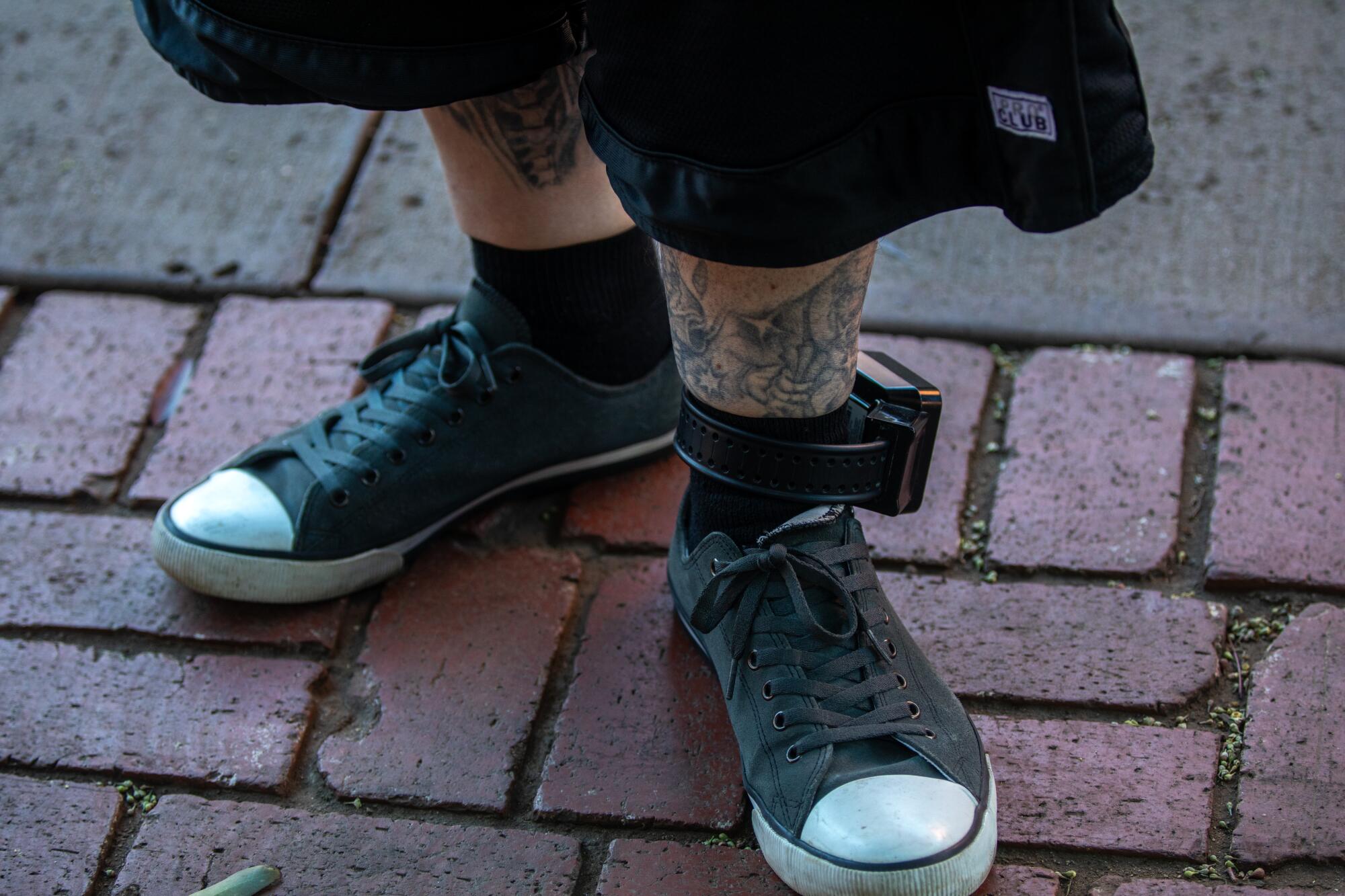
- Share via
What does something different look like when your whole life, this is all you’ve known?
By the time he was 42 and staring down two more decades in prison, Eric Acosta knew all the wrong things, and this question began clawing at the corners of his mind.
Growing up in Reseda, he knew the ugliness of having an absent alcoholic father, living with an abusive grandmother, enduring sexual abuse by the liquor store clerk down the block.
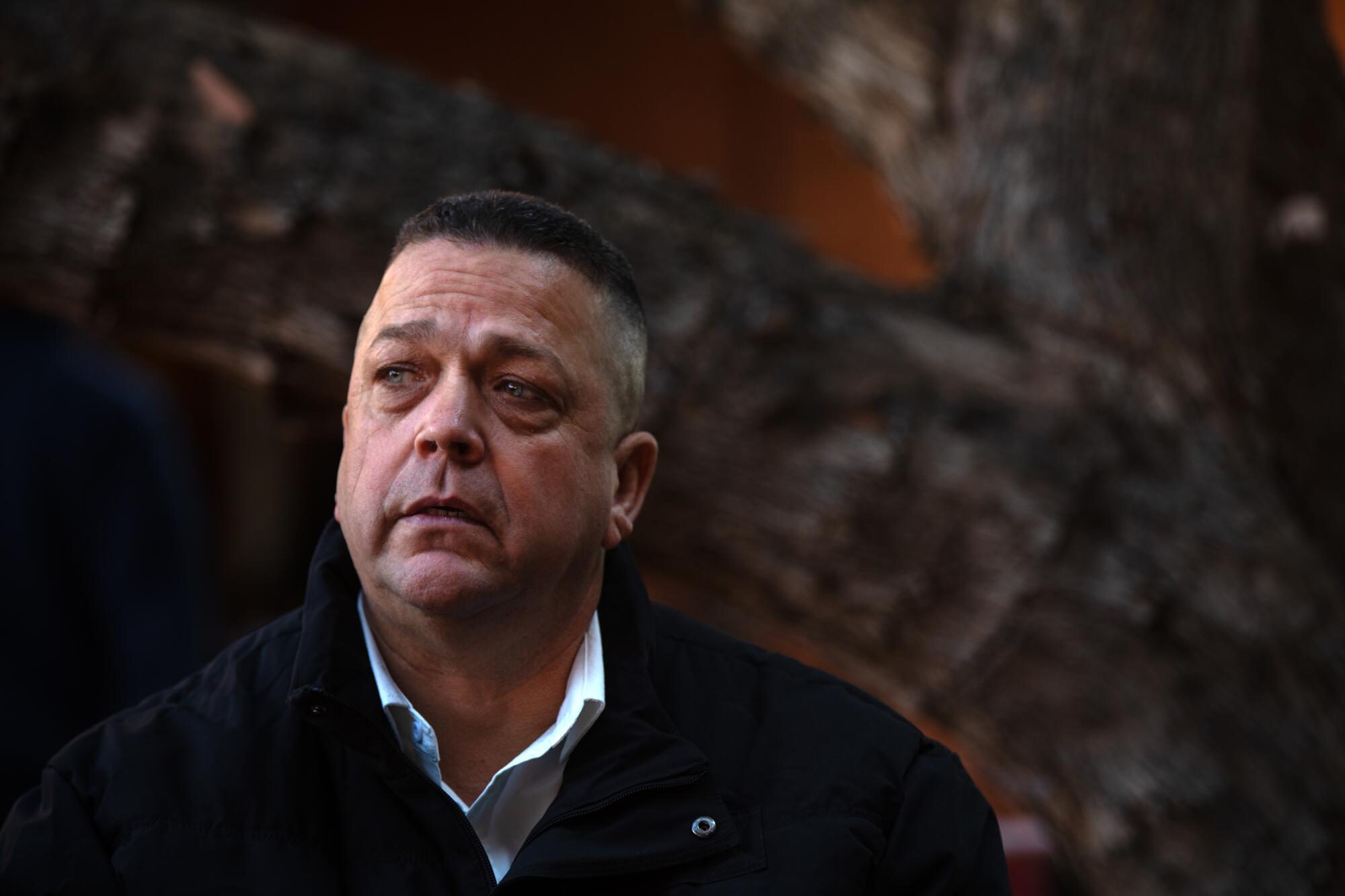
When he grew older, he knew what it was like living out of a van, sleeping behind a dumpster, burying himself in crack to avoid it all.
And when the bottom dropped out of the bottom — out of money, out of cigarettes, out of drugs — he learned what it was like to walk into a Popeyes restaurant, smack the counter, demand the money from the register, then keep robbing stores during a two-week spree until nearly three dozen officers descended to arrest him after a traffic stop.
“I knew when I walked in that restaurant that I was going back to prison for the fifth time. And I walked in there anyway,” Acosta told me recently, sitting under a eucalyptus tree in the courtyard of the Historic South Central facility where he is serving his last eight months for those crimes. “I had so much self-hatred.”
But somehow, improbably, Acosta also knew there must be a different way to live, even if he couldn’t see it.
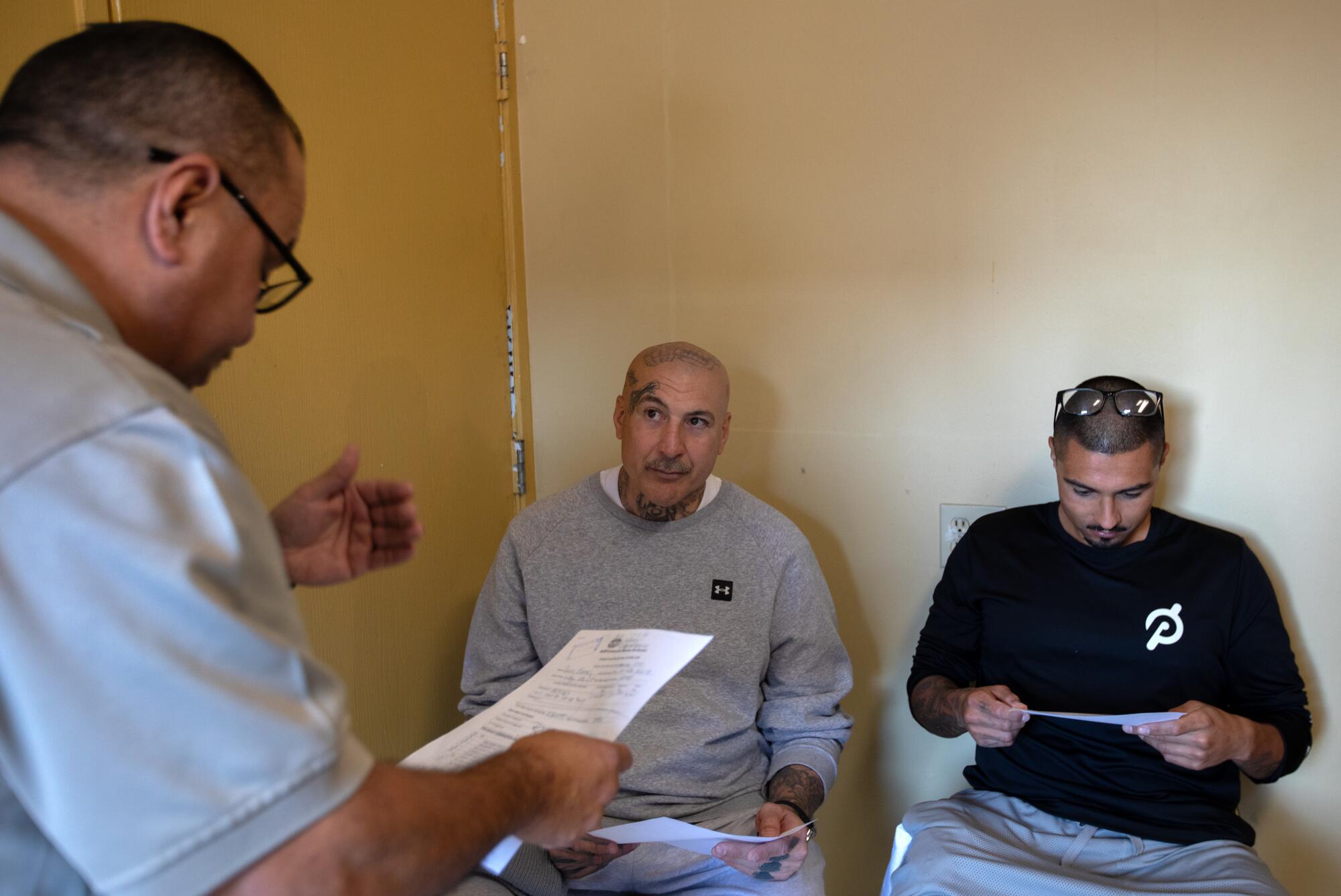
Figuring out what it was and how to make it a reality became his mission during these last 11 years in prison, at a time when, also improbably, the California Department of Corrections and Rehabilitation has been asking itself the same questions that were driving Acosta.
Is change possible for a person whose emotional landscape is dominated by hurting others and being hurt themselves? How, locked up with thousands of people who have bounced between being victim and victimizer, do you even begin?
What does rehabilitation look like, when all California has ever done is punish?
In 2005, the California Department of Corrections, at the order of the state Legislature, tacked an “R” for rehabilitation onto the end of its name and began searching for the answers to those questions. By 2013, when Acosta took a plea deal of 20 years, CDCR had cobbled together a patchwork of programs, some good, some questionable, that on paper at least, presented a pathway for motivated inmates to better themselves.
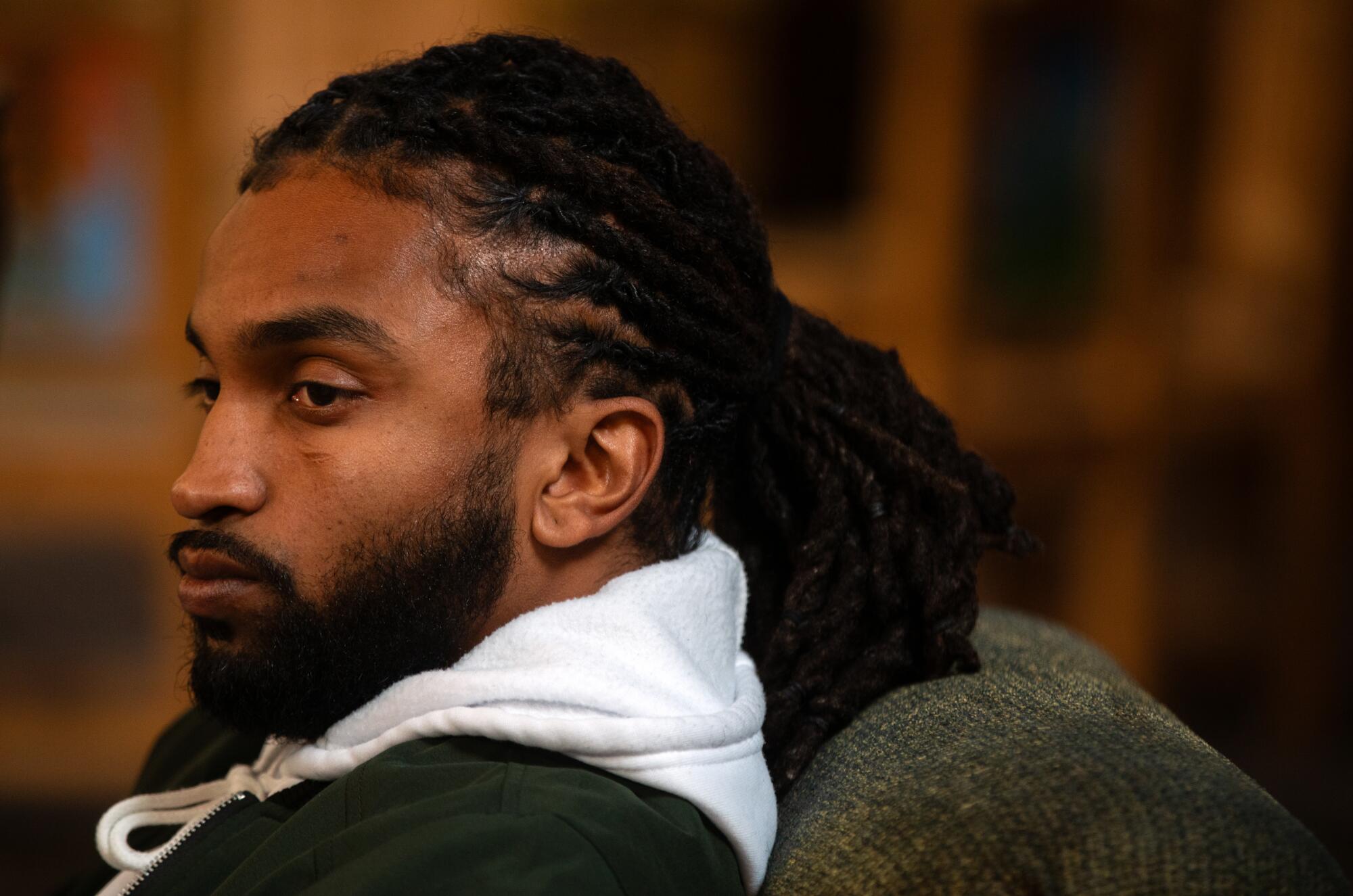
But after decades of just punishing, progress was — and still is — slow. Recidivism rates have remained stubbornly high, and despite many efforts in too many directions, rehabilitation in California prisons remains more a scattershot option than an institutionalized plan.
Last year, Gov. Gavin Newsom did something unexpected, and without a lot of political value for his national aspirations, especially at a time when Republicans are stirring fears of rampant crime. Newsom announced that San Quentin State Prison, the state’s oldest and most notorious facility, would be remade into a rehabilitation center modeled after Scandinavian principles.
Chabria: California to transform infamous San Quentin prison with Scandinavian ideas, rehab focus
Gov. Gavin Newsom this week will announce plans to remake San Quentin, one of the state’s most storied prisons, using a Scandinavian prison model that emphasizes rehabilitation.
Gone would be death row, with its tiny, moldering cells. Gone, ideally, would be cells at all, though that may take some time. But most of all, gone would be the attitude that incarcerated people belong in cages.
Instead, following the lead of places including Norway and Finland, California would change what prison is for. The focus would be on giving incarcerated people a more normalized experience that offered the skills, training and personal growth to be good citizens — because most people who go into prison come out again.
Isn’t it better, Newsom pondered, if they come out as the kind of men and women who would make good neighbors?
Newsom dubbed the idea the “California model,” and I’ve spent the better part of a year trying to both understand and explain what it will mean for the Golden State. I traveled to Pennsylvania to visit a prison outside of Philadelphia that is also emulating the Scandinavian system.
I went to Norway with California corrections officers to get their take on what the change would mean in a profession plagued by violence and suicide. I spoke to a woman whose daughter was murdered by a San Quentin inmate, and the man who committed that murder, to better understand what redemption and rehabilitation mean to victims and perpetrators.
But it turns out all the understanding I needed was inside a cluster of rehabbed buildings south of downtown Los Angeles. Inside Amistad de Los Angeles, where Acosta lives.

Amistad is technically a male community reentry program, where incarcerated people with less than 30 months left on their sentences are sent for a soft transition back into society. The men here are still wards of the state. But beyond the ankle monitors most wear hidden under pant legs, it would be hard for the average passerby to know these guys are still serving time.
They walk back and forth across the street, from the apartment building where they live in dorm-like rooms with private baths to the meeting rooms and medical clinic where they receive on-site care.
Rainmaker Hall is the central meeting space, created inside an old hangar that was once a sweatshop with high, arching beams. It feels like some sort of new-age hippie rehab, something you’d find down a Santa Monica side street.
Life-sized statues of Buddha and Ganesh, the Indian god of new beginnings, ring the room. A circle of about two dozen chairs, many vintage green velvet, dominate the center. Pastel-hued parakeets sing from a cage near the entrance, underneath a giant Fiddle leaf fig, their sounds meant to soothe not just ears but hearts.
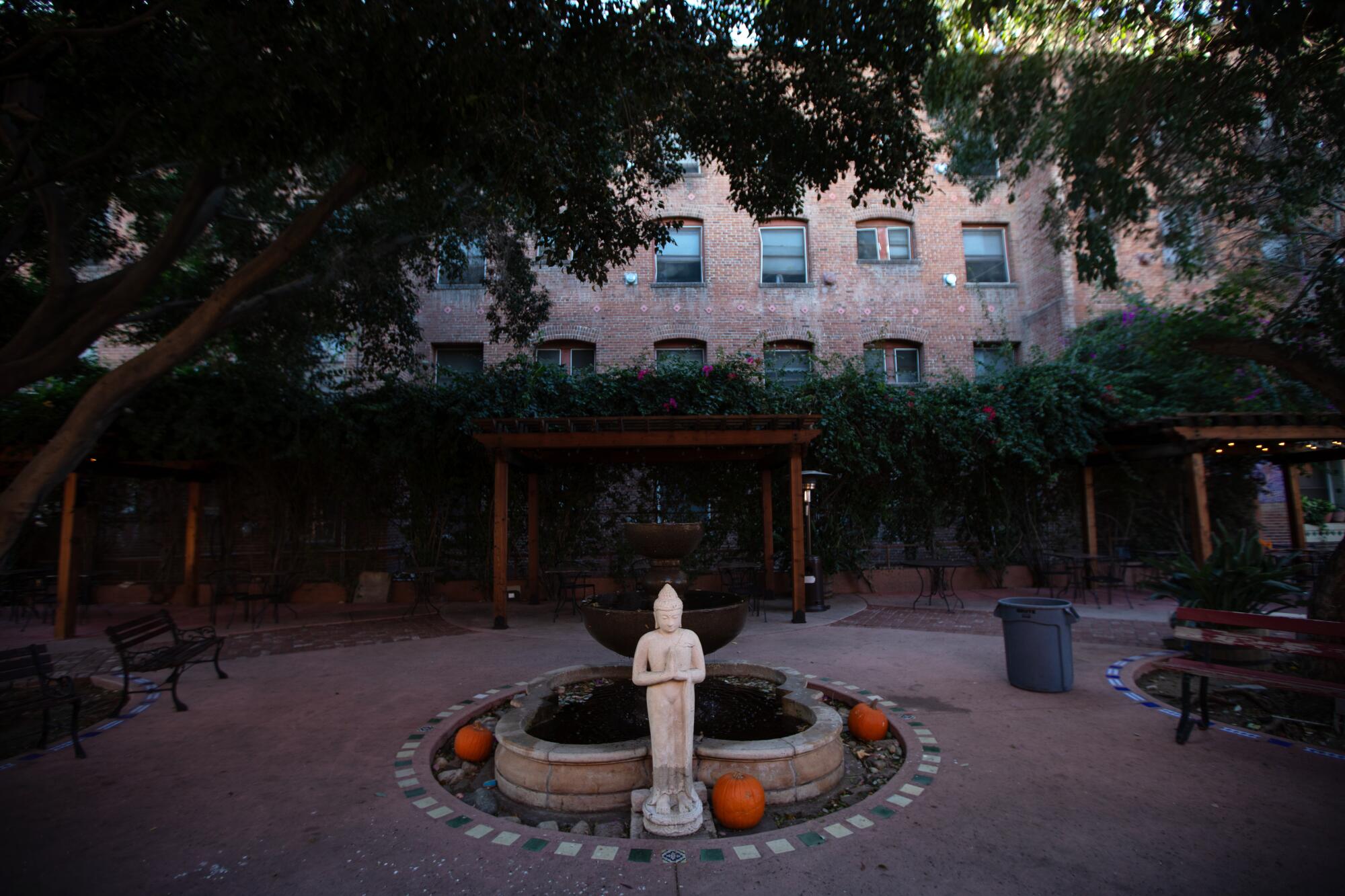
“You don’t hear birds a lot in a carceral institution,” Doug Bond said. “It is a reminder that we are a community, that there is life in a community.”
Bond is the head of the Amity Foundation, which runs this facility in partnership with CDCR, and is the co-chair of the advisory committee charged with reimagining San Quentin. Both of his parents were incarcerated.
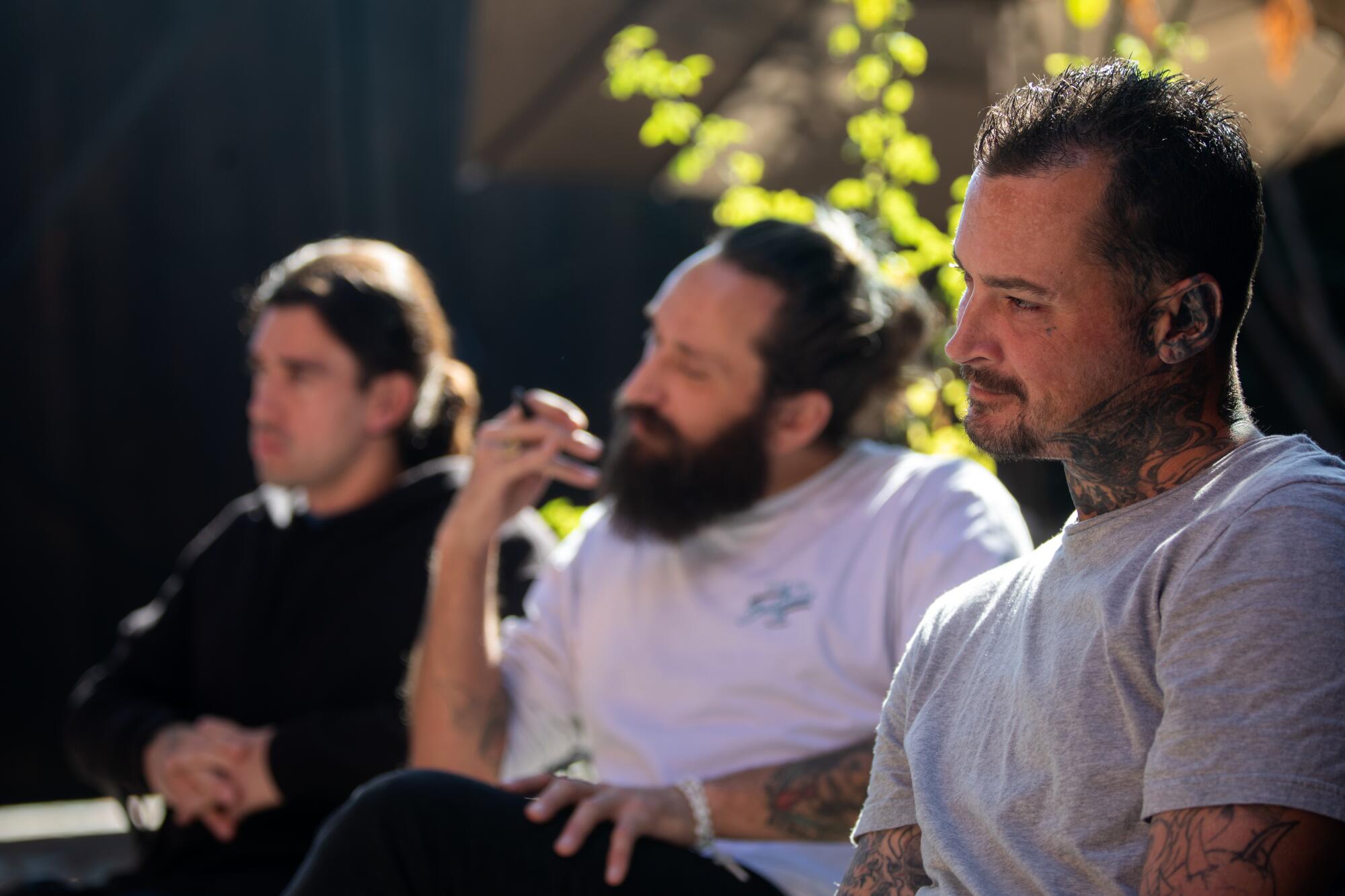
In his 20s, he lived on the third floor of the old brick apartment building that now houses the men returning from prison at Amistad. Then, it served those on parole and probation, but had a couple of extra rooms.
He was a foster kid, he told me, who had been plucked from the system by the founder of Amity, a woman who had been incarcerated herself. When later in life, he needed services and support, the facility offered him a home.
“It just changed my whole perspective on how incredibility talented and gifted and amazing people coming out of incarceration were,” he said.
Mostly, he accepted what he already knew in his soul: incarceration crushes families.
“We rarely look at generational outcomes,” he told me. “I’ve been that child.”
The Amistad hippie vibe doesn’t stop with its looks. The men here do yoga and meet for group therapy. They share meals in a dining room where glass hearts dangle from a chandelier.
They hold jobs and internships in the community (about 38% work), attend college (sometimes in person), grow hydroponic vegetables, drink fresh-made juice, train with the Skid Row Running Club, and, most important, plan for the future.
It’s all the self-care, self-help we would expect and encourage for someone on the outside who wanted to better their lives. But somehow, the kindness and safety that is required for people to change has long been considered weak or wrong for those who are incarcerated.
Gov. Gavin Newsom wants to change how incarceration is done in the Golden State, using concepts pioneered in Scandinavia. California prison guards visited Norway to see what it would mean.
Rejecting that bias is the heart of the California Model. Mrs. C, as the men call her, is what that looks like in practice.
Eugenia Canchola, once a parole officer in the field monitoring sex offenders, is now one of the officers assigned to Amistad. Her official job is to monitor the men, keep anyone from doing a runner, break up fights.
But mostly, she sees herself as a partner to the nonprofit staff working on transforming lives. She figures out ways to help the men attend their children’s birthday parties or visit a sick mom in the hospital. She studies for the driver’s license test with them, deciphers public transportation for them and most of all just lets them know she is here to listen and help.
“It does require a different type of personality to be here, you just can’t have a closed mind,” she told me.
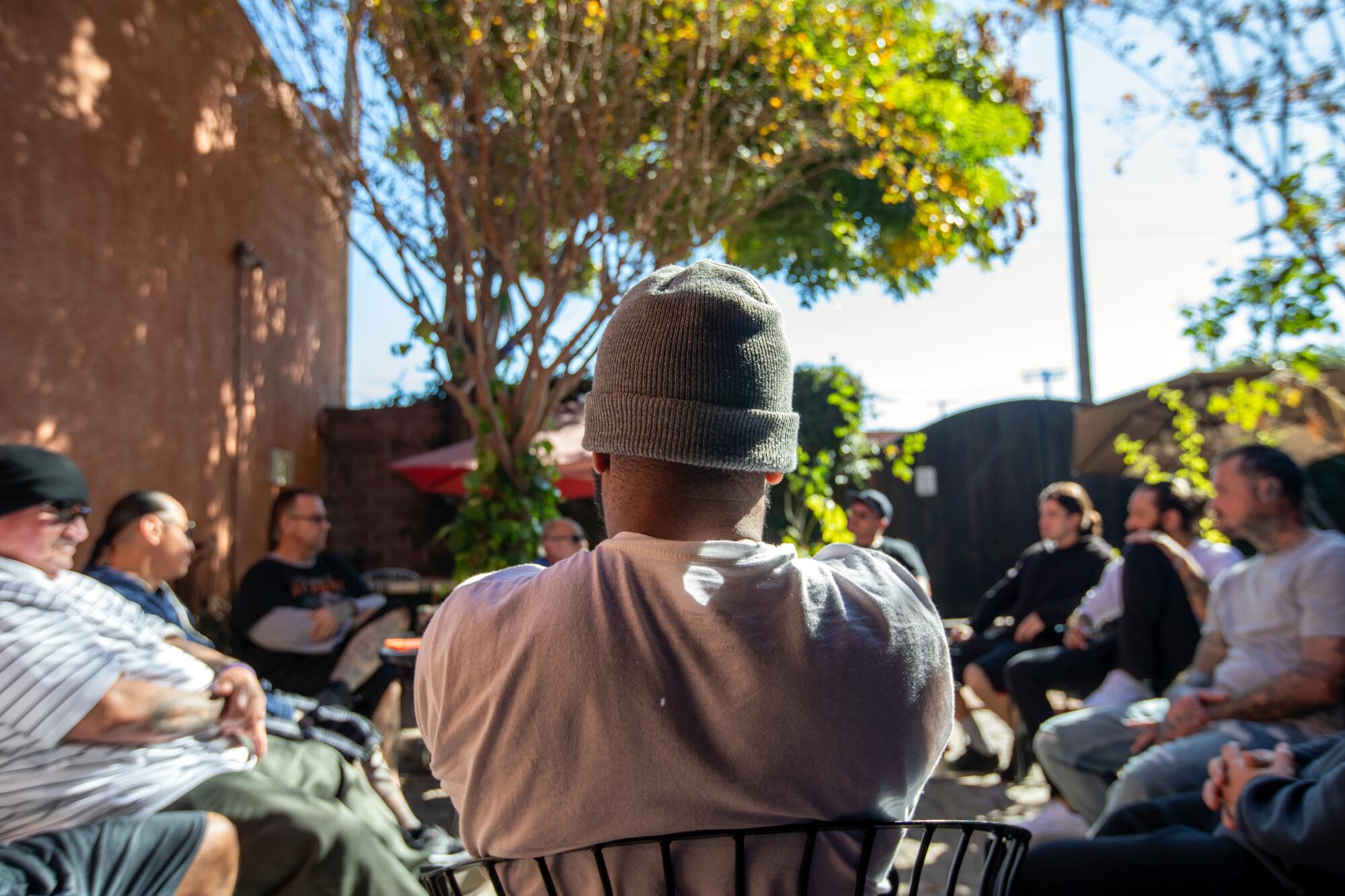
“When they get a job, we ask them simple questions. ‘Hey, how’s it going?’ And they’re just like, ‘Oh, my gosh, do we actually care?’ They are so surprised that we’re asking,” she said.
But it has to be authentic. If Mrs. C and her partner, Michael Contreras, were just playing a role, he said, the incarcerated men would “read right through everything.”
“They’re going to pick out who really wants them to change and who’s just here for a paycheck,” he said.
Contreras said it’s all about breaking down barriers. But that hasn’t been easy. Within CDCR, the move toward rehabilitation has been met by some with skepticism, if not hostility. That’s due as much to hard-line attitudes on crime and punishment as years of jumbled programs with fuzzy results.
Jessica Fernandez, chief of community reentry services for CDCR, is also the child of an incarcerated parent.
“I wish my mother could have had some type of program like this,” she told me. Instead, when Fernandez was 8, her mom’s parole was revoked and Fernandez bounced around with relatives.
She spends a lot of time “selling” programs like Amistad internally. But really, she said, the people who have to buy into it are us, those on the outside who elect the politicians and set the tone on crime and punishment. Those who will have to pay for it with tax dollars, long after Acosta or Bond or even Newsom are gone.
“If you look at everything that needs to change, yes, it has to happen internally, but then you have to also change the mind of the community,” she said.
Jill Harrison’s daughter Ciara was murdered in 2019. Now Harrison is trying to help the man who killed her child, fighting for Gov. Gavin Newsom’s plan to change San Quentin.
The effects of programs like Amistad aren’t enough to change society’s opinions only because they don’t help enough people. The results — though astounding — are hard to see.
Since reentry programs such as this began in 2015, about 9,000 men have graduated from them. California, even after an enormous push to lower prison populations during the pandemic, still has about 94,000 people behind bars and 35,000 on parole. Each week, hundreds are released, most with $200 and little support.
But of those who participated for at least nine months in programs such as Amistad, 92% are not reconvicted of a new crime in their first year of release. By contrast, the latest figures for the general population released from California prison show that nearly 22% return to prison within 12 months.
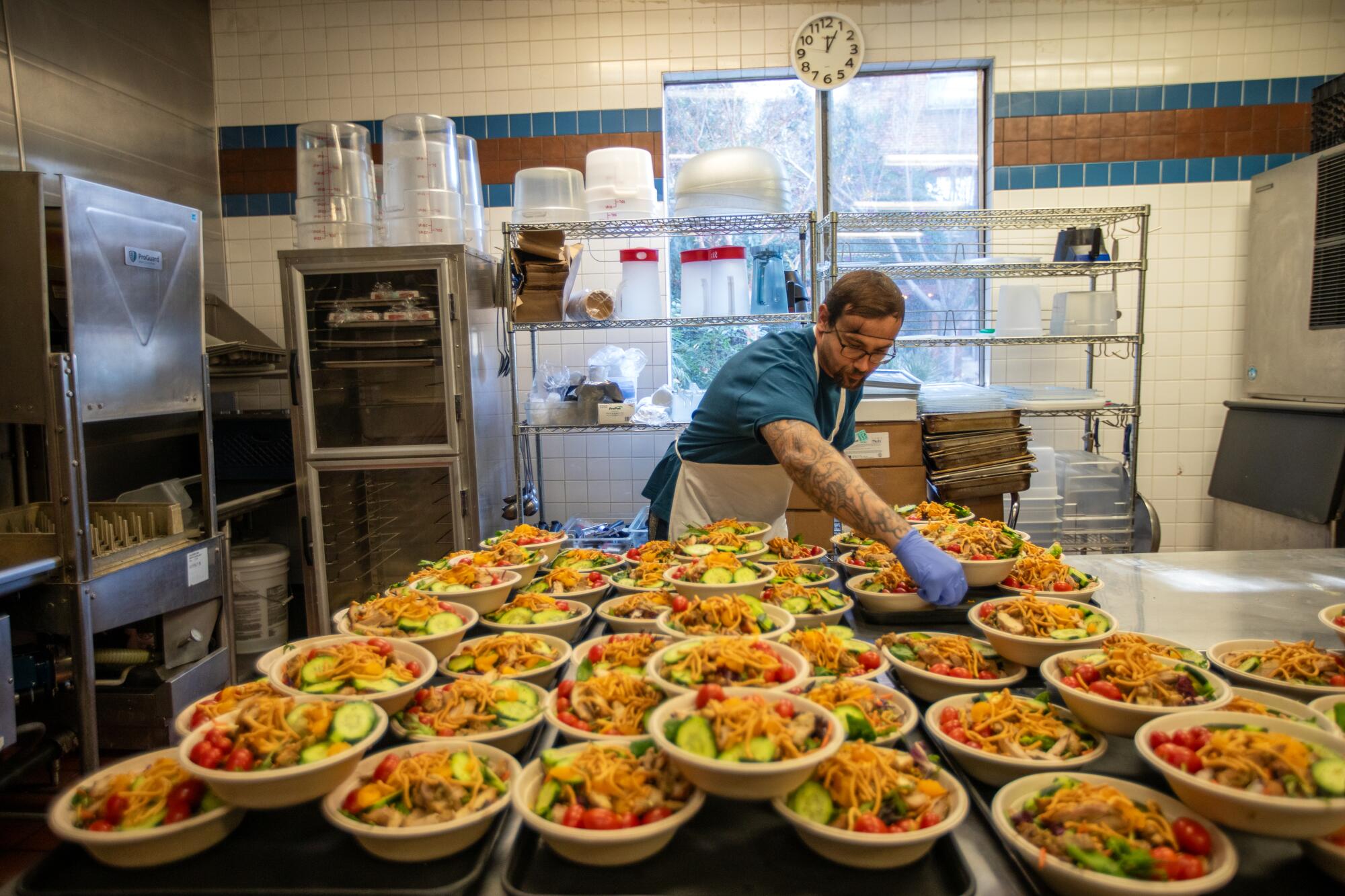
The change at San Quentin may take years, but its potential is profound because of its size — not just for the people whose lives are changed, but for society.
When Acosta, the Amistad resident, is released in the summer, he is confident he will be on the right end of those statistics.
He has confronted his sexual abuse and sex trafficking, and the worthlessness it had left him feeling. He has confronted his drug abuse and pulled his arrest record so he could better understand who the people were that he harmed.
“I got in touch with what my purpose in life is,” he said. “I am truly, truly, truly grateful that I am at Amistad.”
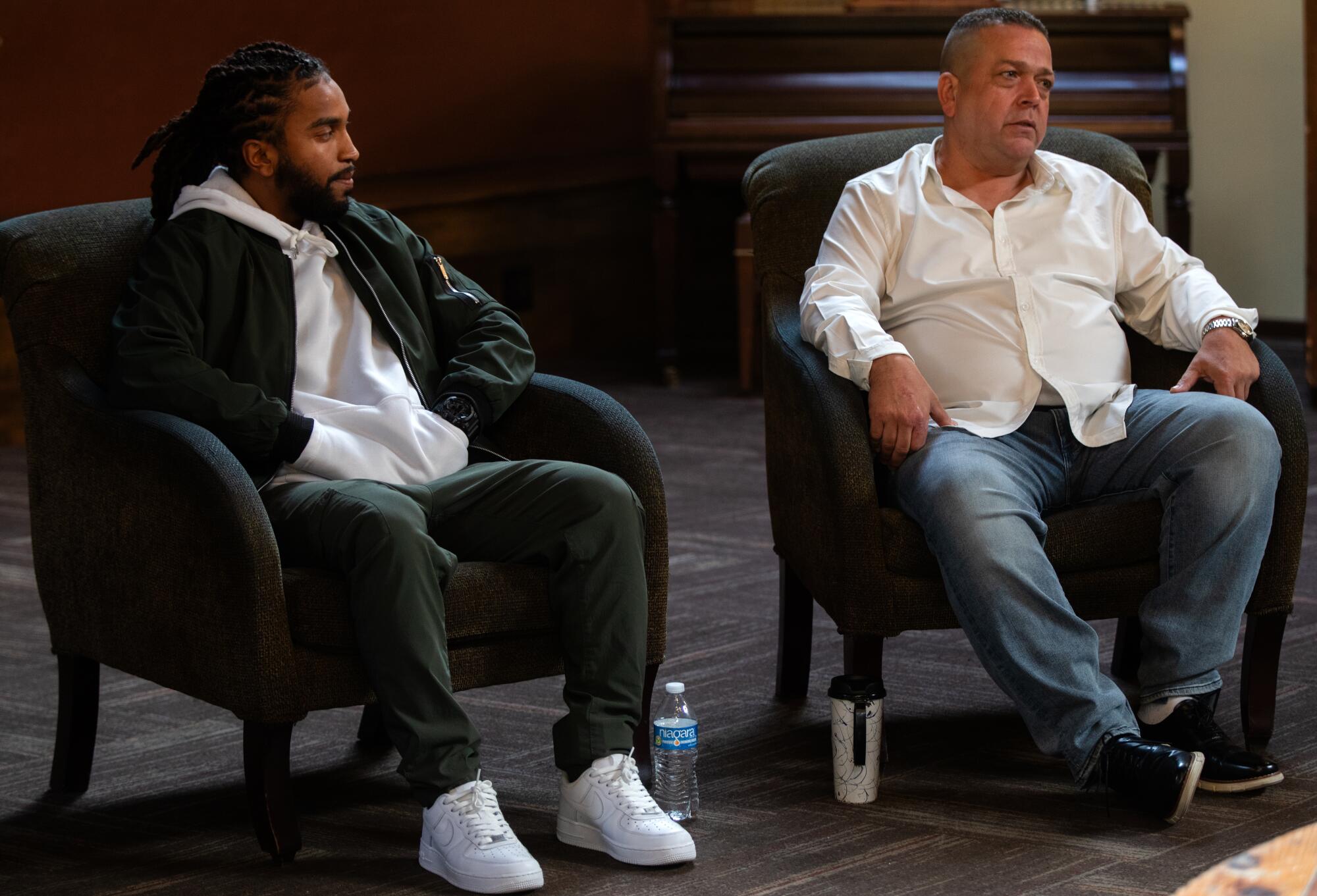
He has obtained a state certificate in counseling and has a job running therapy groups at the Los Angeles Centers for Alcohol and Drug Abuse. He dreams of opening his own transitional living home.
Amistad, he said, has helped him cement what he fought to believe during his 10 years in prison — that he has value, that he can be a good father, a good friend, a good neighbor.
The kind that isn’t just safe to have around, but makes the place better.
“I have a responsibility to do my part to heal the community I harmed,” he said.
And he already is.
More to Read
Sign up for Essential California
The most important California stories and recommendations in your inbox every morning.
You may occasionally receive promotional content from the Los Angeles Times.
